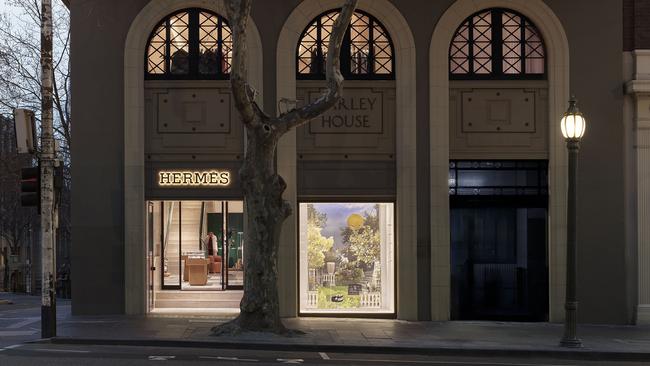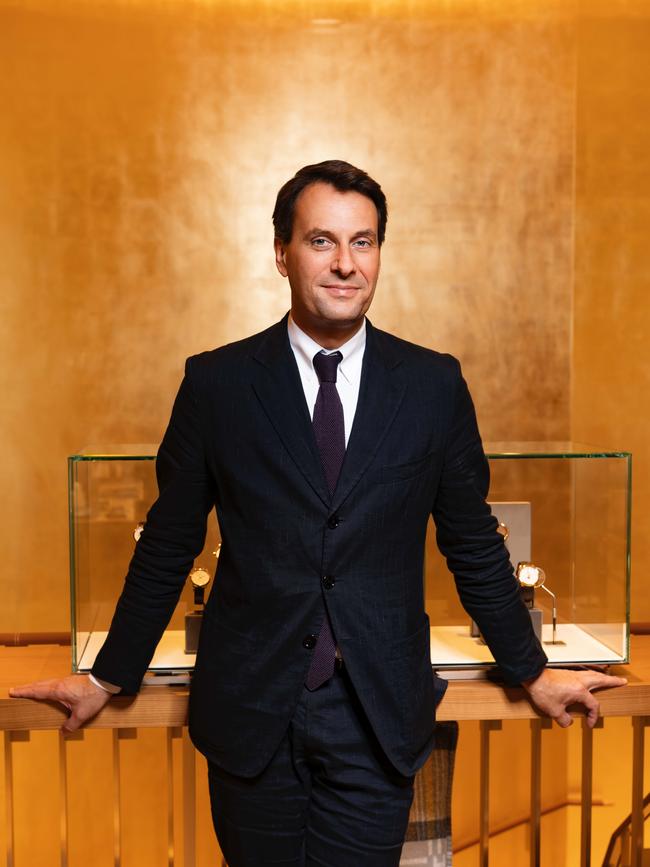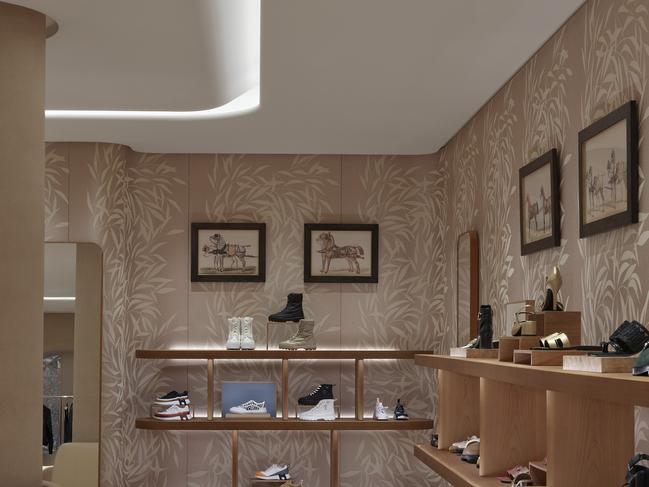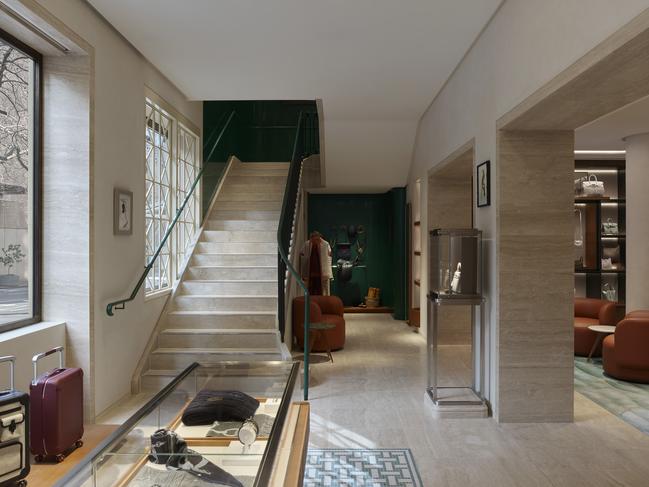Hermes trusts in its luxury reputation to deliver success
As French luxury brand Hermes expands its Melbourne flagship, there are lessons to learn in its success.

Amid reporting season for the luxury industry, French brand Hermes is one of the few real bright spots. Bucking a slowdown – attributed by analysts in part to the lack of consumer confidence in key markets such as China and the squeeze on the “aspirational” client – Hermes posted 13 per cent growth in the second quarter.
Revenue hit €7.5bn ($12.4bn) for the first half of the year, an increase of 15 per cent at constant rates and 12 per cent at current rates, with its best success in its ultra-luxurious leathergoods division. As one British-based luxury editor noted on Instagram of the results, there’s luxury and there’s luxury. True luxury, it seems, can withstand pummels from both life and the stockmarket.
The unique approach to luxury of Hermes, most famous for its highly sought after – and hard to buy – Birkin and Kelly bags, is unlike other purveyors in the industry. For one, as Hermes executive vice-president sales and distribution Florian Craen puts it, the house considers itself a “manufacturer” of beautiful objects above all. Useful ones, too.

For Craen, Hermes is anti-luxury, in this way.
“We don’t see ourselves part of the luxury world because it encompasses very, very different things.
“And we would love us to remain seen as being apart … the big challenge is that we continue to remain a very special name and house in a world (that is) more and more global and where people tend to assimilate names by clusters. We want to remain who we are and known for what we are, which is a manufacturer of objects of high quality made to last,” he says.
Hermes’ history began in 1837 with the making of saddles and bridles so handsome they once caused fashion photographer Helmut Newton to remark that Hermes was “the world’s greatest sex shop – with its whips, saddles, spurs”.
Hermes chief executive Axel Dumas (a sixth-generation member of the family that founded the house) has referred to Hermes as world’s biggest “craft factory”. It is vertically integrated in how it produces, with 75 per cent of its products made in France.
Each of its bags is hand-stitched by one artisan (other than leather cutting) rather than machine made. Like other luxury brands, Hermes does have entry-level products including beauty, but its real success is in top-tier pieces.
Hermes also gives unusual, decentralised freedom to its boutique staff in choosing the products to sell in their market.
“(Boutique managers) have the freedom to buy what they want, but they have the obligation to sell,” Craen says. “The principle for us is that no two stores should be alike, both in terms of aesthetics and zoning, but also in terms of product offer. We truly want them to be distinctive.”

What sets Hermes apart, says Craen, is the rather old-fashioned notion of trust.
“I think people trust us. Trust what we stand for. We’ve been talking about craftsmanship, quality, aesthetics, long lasting, repair, all these values which are a bit traditional in many ways, but I think there is a strong recognition of this.
“And in a world where I would say trust is not a given, and where it’s difficult to trust any information, having a safe place where you can trust, and that actually the care brought to the object is genuine and can be relied on, makes a huge difference,” he says.
Craen was not in town for the unveiling of the newly renovated heritage-listed Melbourne flagship Hermes store this month, though he was there 10 years ago when it arrived at the “Paris end” of Collins Street. The expanded premises, designed by Parisian architecture agency RDAI, which is behind all Hermes boutiques around the world will house more of Hermes’ metiers (divisions) – which now expand across home, watches, jewellery and more – and more private spaces for clients.
It features artworks lent from the Emile Hermes collection, such as Portrait of the Scorpion Horse by English painter Francis Sartorius. The first window display features a commission from French artist Hubert Crabieres with sceneography that nods to the house’s beginnings in the Rue du Faubourg in Paris (where it remains today). All of it speaks to the growth potential of the Australian market. In a recent report by luxury analysts Bain, Australia was called out a “fertile ground for growth” for luxury brands.

Craen says the success of the house here also can be attributed to the diversity of audience and the diversity of product categories. There are only five Hermes stores in Australia (and an airport store), but Craen says this is just fine.
“(Australia) remains a very compact network and we like this idea of having a few stores to tell our stories and it has been doing quite well,” he says.
The house’s former chief executive Jean-Louis Dumas, also believed in product, once saying in an interview that at Hermes, “We don’t have a policy of image; we have a policy of product.”
Craen, who has worked for Hermes for 27 years – and does so closely with members of the family still in the business including Axel Dumas and Axel’s cousin Pierre-Alexis Dumas, the brand’s artistic director – says creativity is at its centre. There is, to be sure, no kind of focus group marketing
“For me as a merchant, I’m never asked my opinion on a product … I’m never asked before (what I) think about this product, ‘do you want, I don’t know, more pockets, bigger ones’. It’s not like this,” Craen says. “The creatives, they come up (with products) and then our store managers vote by buying or not. But we are never asked. We have this funny quote actually, ‘don’t ask people what they want. That might influence you in your creativity.’ And it’s really the way the house is built.”
Karin Upton-Baker, managing director of Hermes Australia for more than 22 years, says its presence in Australia has grown in a “steady yet exponential manner”. The expanded flagship, she says, is a testament to the “sophistication of our Melbourne clients and the longevity and beauty of the objects the maison creates”.





To join the conversation, please log in. Don't have an account? Register
Join the conversation, you are commenting as Logout